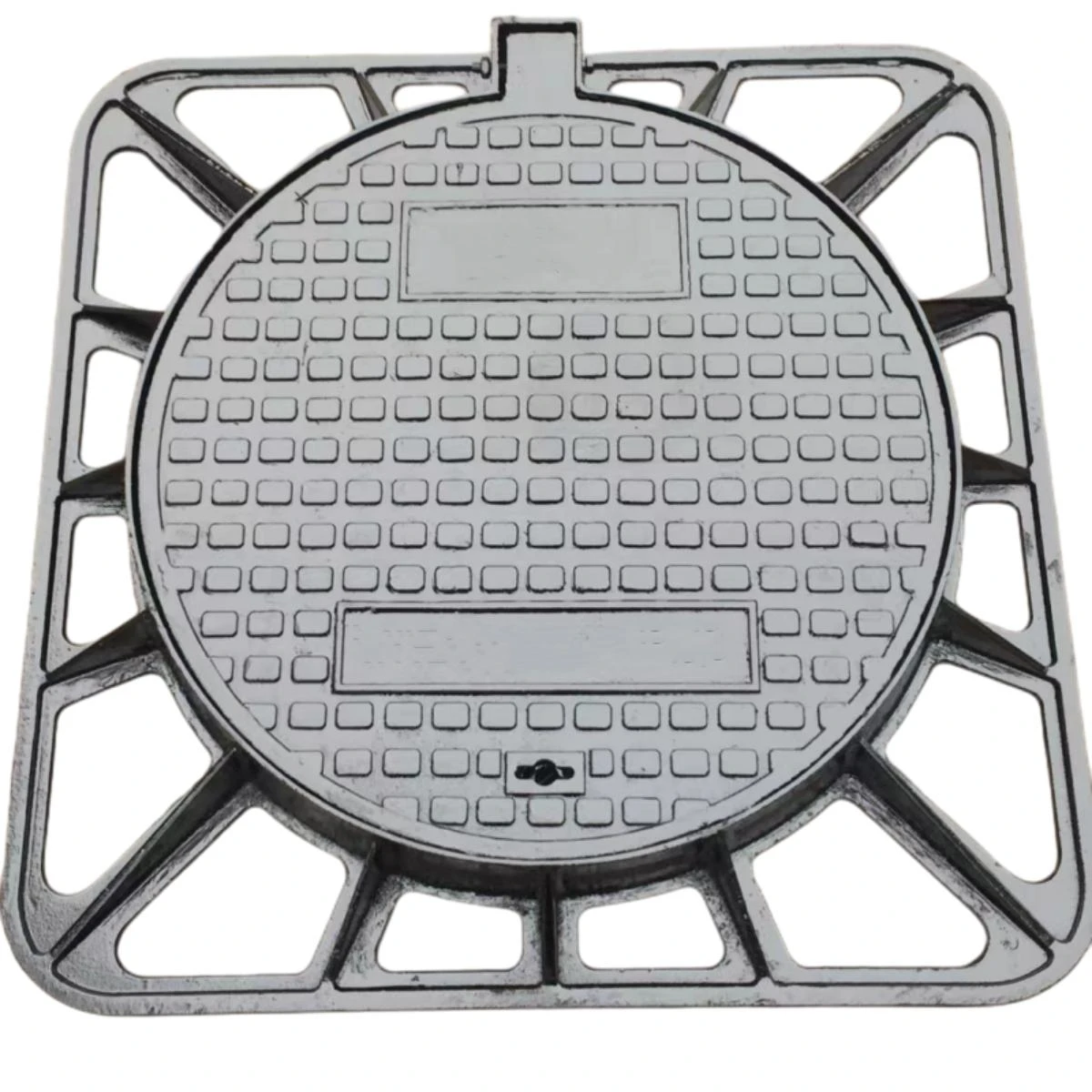Brass Butterfly Valve Features and Benefits for Efficient Flow Control Systems
Understanding Brass Butterfly Valves A Comprehensive Overview
In the realm of fluid control systems, butterfly valves play a pivotal role in regulating flow in pipelines. Among the various materials used in their construction, brass has emerged as a popular choice due to its various advantageous properties. This article delves into brass butterfly valves, exploring their design, benefits, applications, and maintenance considerations.
What is a Butterfly Valve?
Butterfly valves are quarter-turn rotational valves that use a disc to control the flow of liquid or gas through a pipe. When the handle is turned, the disc rotates, allowing or restricting flow. The simplicity in design and operation makes butterfly valves an ideal choice for numerous applications, from industrial processes to residential plumbing.
The Role of Brass in Valve Manufacturing
Brass, an alloy of copper and zinc, is known for its excellent corrosion resistance, durability, and machinability. These characteristics make brass an ideal material for butterfly valves, especially in environments where they may be exposed to moisture, chemicals, or varying temperatures.
Brass butterfly valves can withstand high pressures and offer a reliable sealing capability. Combining brass’s strength with the efficient design of butterfly valves results in devices that can handle significant flow rates while minimizing the chance of leakage.
Key Benefits of Brass Butterfly Valves
1. Corrosion Resistance One of the most significant advantages of brass butterfly valves is their resistance to rust and corrosion. This property is particularly valuable in applications where the valve is exposed to humid or chemically aggressive environments.
2. Durability Brass is a highly durable material that can withstand the rigors of high-pressure applications. The robust nature of brass ensures a long service life, reducing the frequency of replacements and maintenance.
3. Ease of Operation The quarter-turn operation of butterfly valves allows for quick and easy open/close functionality, often requiring less manual effort compared to other valve types. This efficiency is beneficial in systems that require frequent adjustments.
4. Cost-Effectiveness Compared to some other metals such as stainless steel, brass valves can be more cost-effective while still delivering excellent performance features. This characteristic makes them an attractive choice for budget-conscious projects without compromising quality.
brass butterfly valve

5. Versatility Brass butterfly valves are versatile and can be used for a variety of media, including water, oil, and gas. Their adaptability extends to temperature ranges and pressure levels, making them suitable for diverse applications.
Applications of Brass Butterfly Valves
The versatility of brass butterfly valves enables their use across multiple sectors, including
- Water Supply Systems Often used in municipal water systems and irrigation, where controlling the flow of water is essential. - Food and Beverage Industry Employed in processing plants due to their easy-to-clean surfaces and hygienic properties. - Chemical Processing Utilized in environments where corrosive chemicals are handled, benefiting from brass's corrosion-resistant qualities. - HVAC Systems Applied in heating, ventilation, and air conditioning systems for managing airflow. - Marine Applications Used in marine environments where resistance to saltwater corrosion is vital.
Maintenance Considerations
Although brass butterfly valves are durable, regular maintenance is necessary to ensure optimal performance. Here are some essential maintenance tips
1. Regular Inspection Check for signs of wear, corrosion, or leakage regularly. Early detection of issues can prevent more significant problems.
2. Cleaning Keep the exterior and interior surfaces clean to avoid buildup that can affect performance.
3. Lubrication Apply suitable lubricant to the valve stem as needed to ensure smooth operation.
4. Temperature Monitoring Ensure that operating temperatures remain within the recommended limits to prevent material degradation.
Conclusion
Brass butterfly valves are invaluable components in fluid control systems, combining durability, corrosion resistance, and ease of use. Their versatility across various applications makes them essential in many industries. By understanding their benefits and maintaining them properly, operators can enjoy reliable performance and longevity from their brass butterfly valves, ensuring efficient flow management in their systems.
-
The Essential Component for Safe Urban InfrastructureNewsMay.14,2025
-
The Backbone of Urban InfrastructureNewsMay.14,2025
-
Practical and Stylish Solutions for Your Drainage NeedsNewsMay.14,2025
-
Lamphole Frame and Cover: Essential for Urban InfrastructureNewsMay.14,2025
-
A Seamless and Aesthetic SolutionNewsMay.14,2025
-
A Must-Have for Safety and DurabilityNewsMay.14,2025
-
Pipe Repair Clamps: Your Ultimate Solution for Efficient RepairsNewsMay.09,2025
